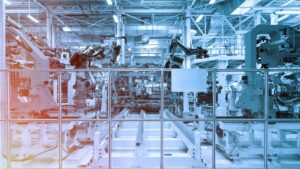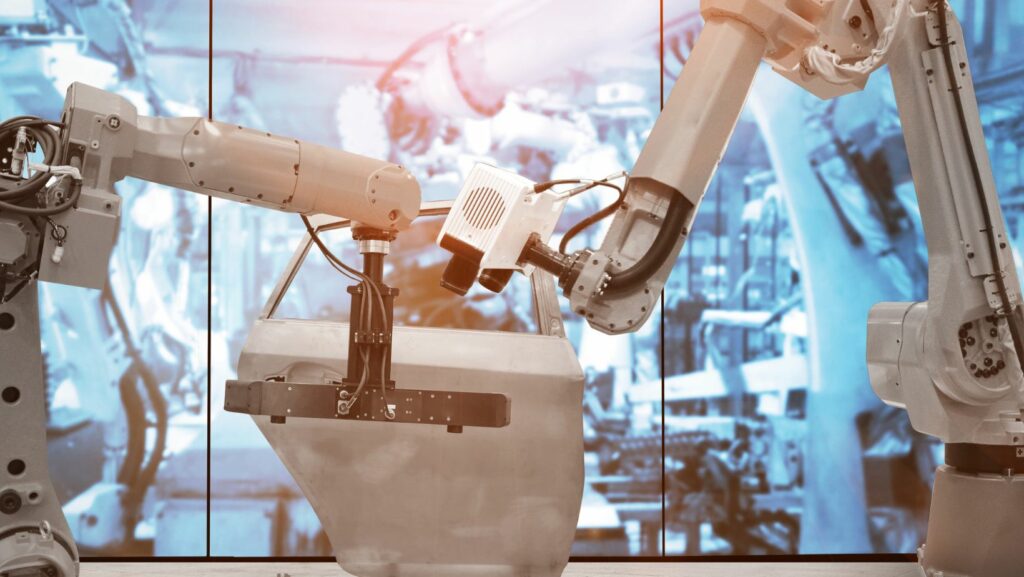In an era where technology reigns supreme, the automotive industry isn’t left behind. From electric vehicles to self-driving cars, technology has revolutionized the way we think about transportation. This article will delve into the world of automotive technology solutions, exploring how they’re shaping the future of mobility.
Whether you’re a tech enthusiast, a car lover, or simply someone curious about the future, this piece offers a glimpse into the exciting intersection of technology and automobiles.
Evolution of Automotive Technology Solutions
The evolution of automotive technology solutions began with incremental changes, contributing to essential facets of vehicle operation. Examples included hydraulic braking systems that improved safety measures, and vehicle assembly lines, pioneered by Ford in 1913, that revolutionized production efficiency. Interpreting data from the U.S. Department of Energy, one can observe the advent of dual carburettors in the 1920s, enhancing engine efficiency, along with modern innovations like QR codes for streamlined vehicle information access.
Contrast this with modern advancements, where automotive technology solutions have grown exponentially in complexity and capability. Now, all-encompassing technology underlines every aspect of automotive production and operation. According to Forbes, electric vehicle adoption is rising sharply, with global sales hitting 2.1 million in 2019, showcasing technology’s role in creating eco-friendly solutions.
Automotive Technology Solutions
In the thrilling world of automobiles, automotive technology solutions stand as pillars of innovation. Integral to these solutions are components such as Engine Management Systems and Safety Enhancements.

Engine management systems (EMS), as a cornerstone of automotive technology solutions, orchestrate fuel injection, ignition timing, and other operations in an automobile’s engine. For instance, cars sporting advanced EMS adjust air-fuel mixture ratios on the fly, boosting performance while balancing emissions.
Safety advancements fortify the role of automotive technology solutions in making journeys safer. These systems harness cutting-edge technologies to avert accidents and protect car occupants. Vehicle Stability Control (VSC), Anti-lock Braking System (ABS), and Automatic Emergency Braking (AEB) are stellar examples of safety enhancements.
In essence, EMS and safety enhancements personify the core of automotive technology solutions, igniting the engines of performance and safety.
Emerging Trends in Automotive Technology
As automotive technology solutions continue to advance, electric vehicles integration and autonomous driving technologies have emerged as key trends.
Electric Vehicles Integration

Electric Vehicles (EVs) pose an exciting trend in automotive technology solutions. Infused with state-of-the-art battery technologies, these vehicles cut down greenhouse gas emissions, contributing to the fight against global warming. Battery Management Systems, an integral part of EVs, monitor and control the performance of the battery pack. This ensures optimal performance and increases the lifespan of the battery.
Autonomous Driving Technologies
The adoption and implementation of autonomous driving technologies represent another significant curve in the trajectory of automotive technology solutions. Self-driving technologies rely on complex algorithms, sensors and cameras to interpret data and control the vehicle accordingly.
Benefits of Advanced Automotive Technology
Delving deeper into automotive technology solutions reveals two defining benefits: significantly improved safety and enhanced efficiency. Both of these aspects prove instrumental in shaping a superior driving experience.

Advanced automotive technology prioritizes safety. For instance, autonomous driving technologies employ advanced sensors and complex algorithms, significantly reducing chances of human error and resultant accidents.
Automotive technology solutions also contribute to superior efficiency. Revolutionary developments like EVs are prime examples, where technology like Tesla’s cutting-edge battery management systems optimize energy usage, embodying efficiency at its prime.
Challenges in Implementing Technology Solutions
The acquisition and integration of technology solutions in the automotive industry encounter numerous challenges. These obstacles arise from a variety of aspects, including hi-tech hurdles, regulatory walls, and overwhelming costs.
Regulatory Hurdles
While automotive technology solutions promise potential benefits, such as EVs reducing greenhouse emissions, there exist considerable regulatory obstacles. With the rapid growth and emergence of these advanced technologies, legal frameworks often lack the speed and flexibility required to accommodate the latest advancements, from the safety of Autonomous Driving Technologies to engine management systems.
High Costs
Moreover, the high costs associated with developing and acquiring these technologies present another obstacle. Creating cutting-edge technology, like autonomous driving systems, involves heavy investment in research and development activities, involving sophisticated algorithms and sensor technologies. Similarly, the production of EVs, with their revolutionary battery management systems, demands significant capital expenditure to ensure efficiency, safety, and eco-friendliness.



